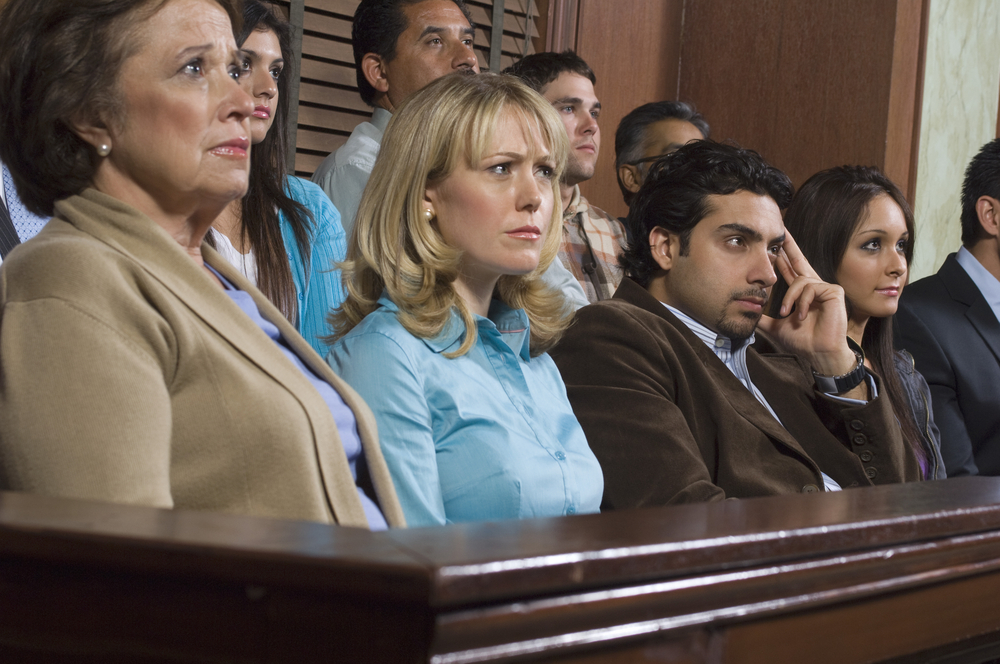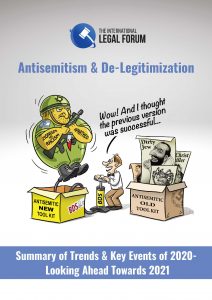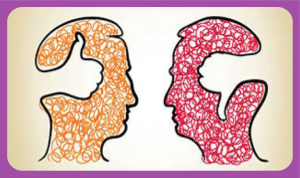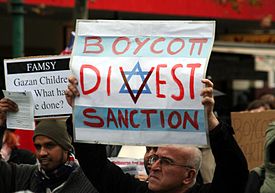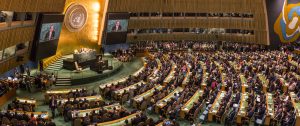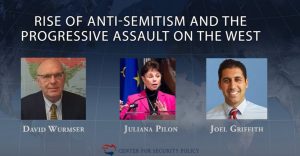I recently participated in the Jury Selection and trial strategy process for the Terrorism related trial at the Southern District of NY. These observations are based upon the author’s years of experience working in the venue and, in particular, the insurance coverage matter resulting from the destruction of the WTC. These observations are not based upon actual focus group studies using the facts of this particular case due to the lateness of when I started to participate. Hence, these observations should be considered more of a “heuristic” approach to understanding the jury, both for the purposes of selection as well as later thematic development. Though in the actual case I addressed opening (and closing) statement themes, Judges Instructions, verdict form, for the most part, I will not address this in my analysis (those issues are more case specific). We know, from the benefit of hindsight of the outstanding verdict, that we did, in fact, have a successful strategy for jury selection as a part of the overall superb job of lawyering both pre- and at-trial. In one case, I was able to research, after the trial my analysis of the issue around juror nullification based upon being Jewish and our approach was confirmed as being correct.
Let me spend a little time explaining some of the principles I use in approaching jury selection. The core of my approach is to determine jury attitudes and selection based upon their values and beliefs (VB) and how that impacts their decision process. I like to say that: “Facts follow feelings”. VB is formed from ones overall life experiences and influences by significant people in their life. Typical demographic analysis (married, race, religion, age, work, etc.) have some influence however one cannot determine VB’s just based upon demographic characteristics. So, two African-American women who live not far from each other who write about their Church and both have been to Israel does not mean they will hold similar views on the conflict. In fact, during Voir Dire, we actually had this example and it was clear that one would have been biased towards the Palestinian Narrative and the other saw Israel in a positive light.
The second process at work is how general biases affect how people think. The two most significant biases for a trial (and there are many to consider) is Confirmation Bias and Hindsight Bias. Confirmation Bias essentially holds that people hear information in such a way to confirm their prior held positions – very much part of facts following feelings. The second bias is that we use our prior experience as a way to filter what we hear even though the new facts make this situation different.


